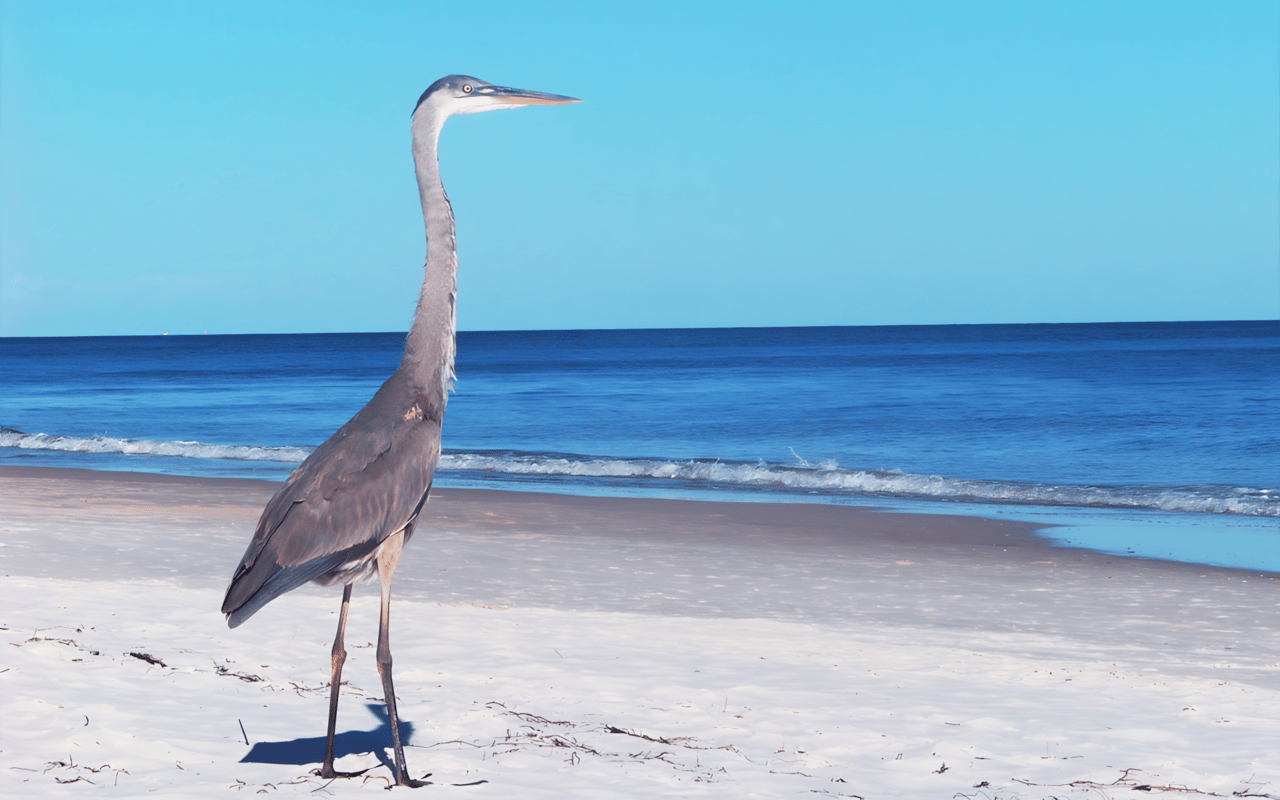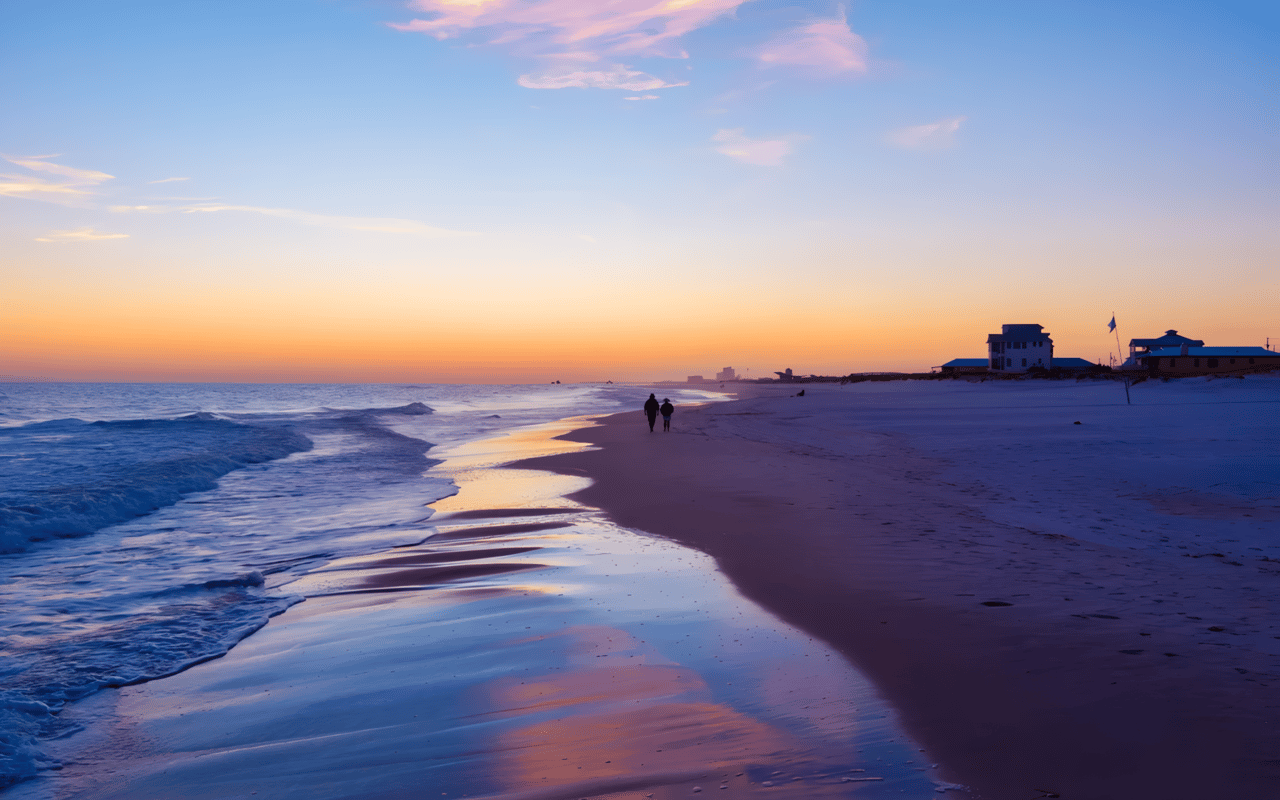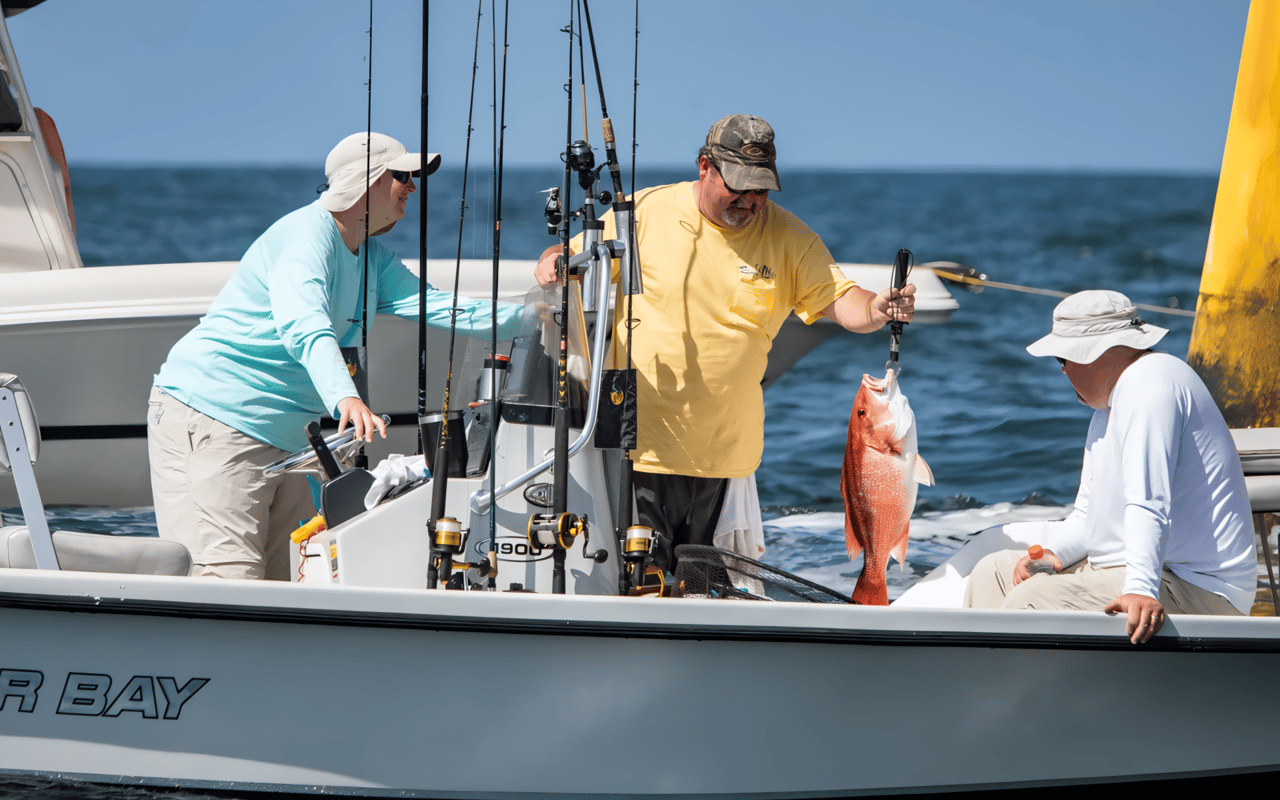
Gulf Shores Alabama - Fantastic Place to Raise a Family
- Waterways of the Gulf Shore
- 04/17/24
Gulf Shores is not just a destination for vacationers—it’s also a haven for families seeking an idyllic place to call home.
Read MORE
Live a Relaxing Lifestyle in Our Waterways Community Located in Gulf Shores Alabama
- Waterways of the Gulf Shore
- 04/21/24
In the quiet coastal town of Gulf Shores, life unfolds at a pace akin to the gentle ebb and flow of the tide.
Read MORE
Snapper Season is Here! What You Need to Know
- Waterways of the Gulf Shore
- 06/15/24
Gulf Shores is the perfect destination for both seasoned fishermen and newcomers alike.
Read MORE
Inside Waterways: Gulf Shores’ Premier Luxury Gated Community
- Waterways of the Gulf Shore
- 07/12/24
There is always something happening that brings neighbors together and enriches the community spirit.
Read MORE
Discover Luxe Waterfront Living at Waterways, Gulf Shores, AL
- Waterways of the Gulf Shore
- 07/12/24
In this blog, we explore the myriad benefits of living in Waterways, Gulf Shores, AL.
Read MORE
Top Amenities at Waterways: Your Luxury Waterfront Gated Community
- Waterways of the Gulf Shore
- 07/13/24
Let’s delve into the top amenities that make Waterways the ultimate luxury living destination.
Read MORESorry, we couldn't find any results that match that search. Try another search.